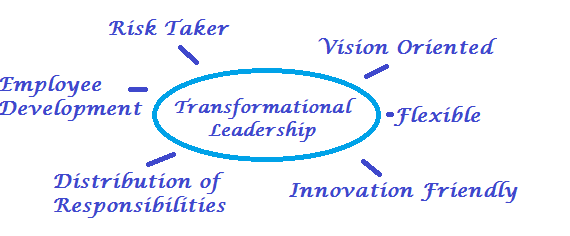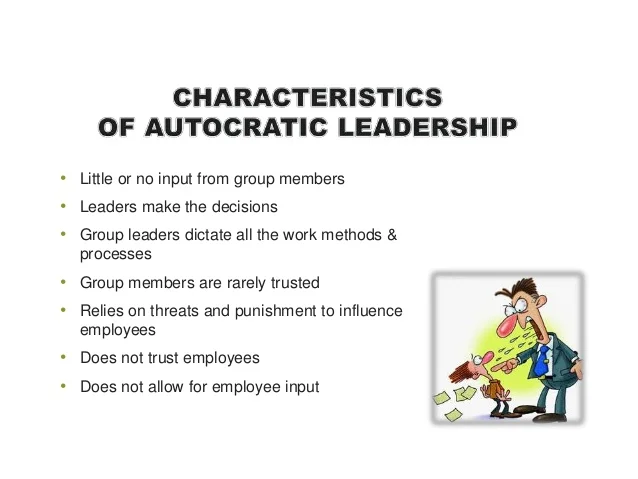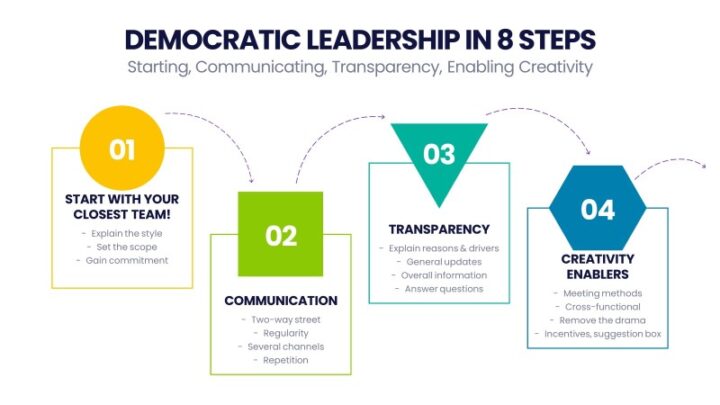Leadership is a pivotal element that can shape the course and success of any business endeavor. The style of leadership adopted within an organization significantly influences its ability to achieve its set objectives. Each leadership style brings forth its unique characteristics, impacting the dynamics, motivation, and productivity levels of a team. Understanding the diverse leadership styles and their implications on business goals is fundamental to effective organizational management.
Table of contents
- Introduction to Leadership Styles
- Understanding Business Goals and Leadership
- Impact of Leadership Styles on Business Goals
- Transformational Leadership and Business Goals
- Autocratic Leadership and its Influence on Business Goals
- Democratic Leadership in Achieving Business Goals
- Inclusive Leadership and its Influence on Business Outcomes
- Conclusion
- FAQS
Introduction to Leadership Styles
Leadership styles encompass a spectrum of approaches that leaders employ to guide, motivate, and direct their teams. These styles vary in their methods, decision-making processes, and interaction with team members. Different leadership styles are adopted based on organizational culture, the nature of tasks, and the objectives at hand.
| Leadership Style | Description | Key Characteristics |
| Autocratic Leadership | A style where the leader makes decisions unilaterally, with minimal input from the team. | – Authoritative decision-making – Limited team involvement – Quick decision-making – Clearly defined hierarchy |
| Democratic Leadership | Involves input from team members in decision-making processes, encouraging collaboration and participation. | – Collaboration among team members – Shared decision-making – Open communication – Encourages creativity and innovation |
| Laissez-Faire Leadership | Leaders provide a high degree of freedom to the team, allowing them to make decisions without much interference. | – Hands-off approach – High autonomy for team members – Minimal direct supervision – Encourages self -motivation and independence |
| Transformational Leadership | Focuses on inspiring and motivating teams by setting a compelling vision and encouraging growth and development. | – Visionary leadership – Inspires and motivates – Encourages innovation and change – Develops future leaders |
| Transactional Leadership | Involves exchanges between leaders and followers, emphasizing rewards for achieving goals and adhering to set rules. | – Goal-oriented leadership – Emphasis on rewards and consequences – Clear structure and expectations – Monitoring and feedback |
| Servant Leadership | Emphasizes serving the needs of others, with leaders focusing on the growth and well-being of their team members. | – Focus on serving others – Empathy and listening skills – Supports individual growth – Promotes a collaborative environment |
| Charismatic Leadership | Leaders leverage their charisma and personality to inspire and influence followers, often creating a strong emotional connection. | – Charismatic and persuasive – Inspires devotion and loyalty – Visionary and persuasive communication – Personal magnetism |
Understanding Business Goals and Leadership

Business goals serve as the guiding principles directing the actions and efforts of an organization. These goals could range from financial targets to market expansion or fostering innovation. The correlation between leadership style and business goals lies in how a leader’s approach influences the workforce, resources, and strategies employed to achieve these objectives.
Impact of Leadership Styles on Business Goals
Transactional Leadership and its Effects
Transactional leadership operates on a reward-punishment system, focusing on supervision, organization, and performance evaluation. While suitable for specific tasks, it might limit creativity and long-term goal achievement.
Transformational Leadership and Business Goals

Transformational leaders inspire and motivate their teams towards a collective vision, fostering innovation and growth. This style often aligns with ambitious business goals, encouraging dedication and creativity among team members.
Autocratic Leadership and its Influence on Business Goals

Autocratic leadership involves centralized control, where the leader makes decisions without much input from the team. While effective in emergencies, it can stifle employee morale and hinder long-term goal attainment.
- Autocratic leadership style: Characterized by centralized decision-making by the leader.
- Little input from team members: Leader makes decisions without much consultation or involvement of the team.
- Effective in emergencies: Decisions can be made swiftly without delays or debates during urgent situations.
- Stifles employee morale: Lack of involvement can lead to demotivation and a sense of disengagement among team members.
- Hinders long-term goal attainment: Limited input and participation can result in a lack of commitment and innovation from the team, affecting the achievement of long-term objectives.
Democratic Leadership in Achieving Business Goals

Democratic leadership encourages participation and collaboration among team members, enhancing commitment and creativity. This approach often leads to innovative solutions aligned with business objectives.
Inclusive Leadership and its Influence on Business Outcomes
Inclusive leaders value diversity and create an environment where every voice is heard. This approach fosters innovation and creativity, positively impacting business outcomes. An effective leader recognizes the need for a balanced approach, integrating various leadership styles to suit different business contexts and objectives.
Conclusion
In conclusion, the impact of leadership styles on business goals is undeniable. A leader’s choice of style significantly influences team dynamics, employee motivation, and ultimately, the achievement of organizational objectives. Understanding the nuances of different leadership styles and their suitability to specific business goals is paramount for effective leadership and sustained growth.
Readmore:
Find the Odd Thing Out: Exploring Unconventional Motivation
Understanding and Identifying Unusual Motivations
I will Succeed in Life not Immediately but Definitely
What is Positive Attitude Motivation?
FAQS
Democratic leadership encourages innovation and creativity by involving team members in decision-making.
Servant leadership emphasizes serving the needs of others and supporting individual growth.
ent.
Autocratic leadership is effective in emergencies but can hinder long-term goals due to limited team involvem

